From Bauhaus to Dollhouse: When Architects Think Small
For some architects, miniature houses are a big deal
/https://tf-cmsv2-smithsonianmag-media.s3.amazonaws.com/filer/2a/93/2a934564-2046-4c97-99eb-f895f84076d9/lutyens-dollhouse.jpg)
Edwin Lutyens (1869-1944) was one of the foremost British architects of the late 19th and early 20th centuries. Though his name may not be particularly well known today, he was one of very few contemporaries of Frank Lloyd Wright whose work the American architect not only admired, but openly praised to his students, despite the vast difference in their styles. Lutyens was known for designing exceedingly beautiful classically influenced country houses with exceedingly British names like Little Thakeham (1902), Heathcote (1906), Great Maytham (1912), and Benedict Cumberbatch, but his grandest commission was the plan for New Delhi and the enormous Viceroy’s House there. But right now, I want to take a closer look at the smallest house Lutyen’s ever designed: The Queen Mary's Dolls' House.
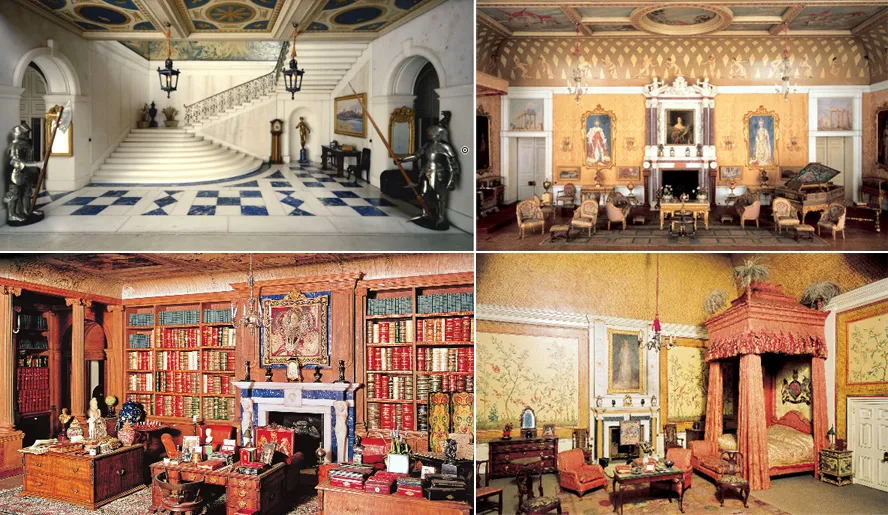
Like most good ideas, the dollhouse was conceived over glasses of champagne with a princess - in this case, Princess Marie Louise, granddaughter of Queen Victoria, who asked Lutyens to construct a massive dollhouse for her cousin Queen Mary. It took too three years for Lutyens and a team of 1,500 people --artists, craftsman, gardeners, and even vinters-- to finish the project. It was constructed to be a paean to British craftsmanship and ingenuity and Lutyens insisted that every fixture be operable. The miniature gramophone plays, the sinks run hot and cold, and the library is filled with hundreds of tiny books (many written by prominent British authors specially for the library), and a wine cellar full of tiny, bottles of wine - perfect for those times you want to sit back and relax with a thimble full of wine. When it was completed in 1924, the Queen Mary's Dolls' House. was exhibited at the British Empire Exhibition. Built at the scale of one-inch equals one-foot, the five-foot-high dollhouse serves as a particularly fine record of the era's architecture and can still be seen at Windsor Castle.
Inspired by Lutyens and the Queen Mary's Dolls' House, 20 contemporary architects recently applied their considerable knowledge and unique sensibilities to the design of dollhouses to be auctioned off for UK children's charity KIDS.
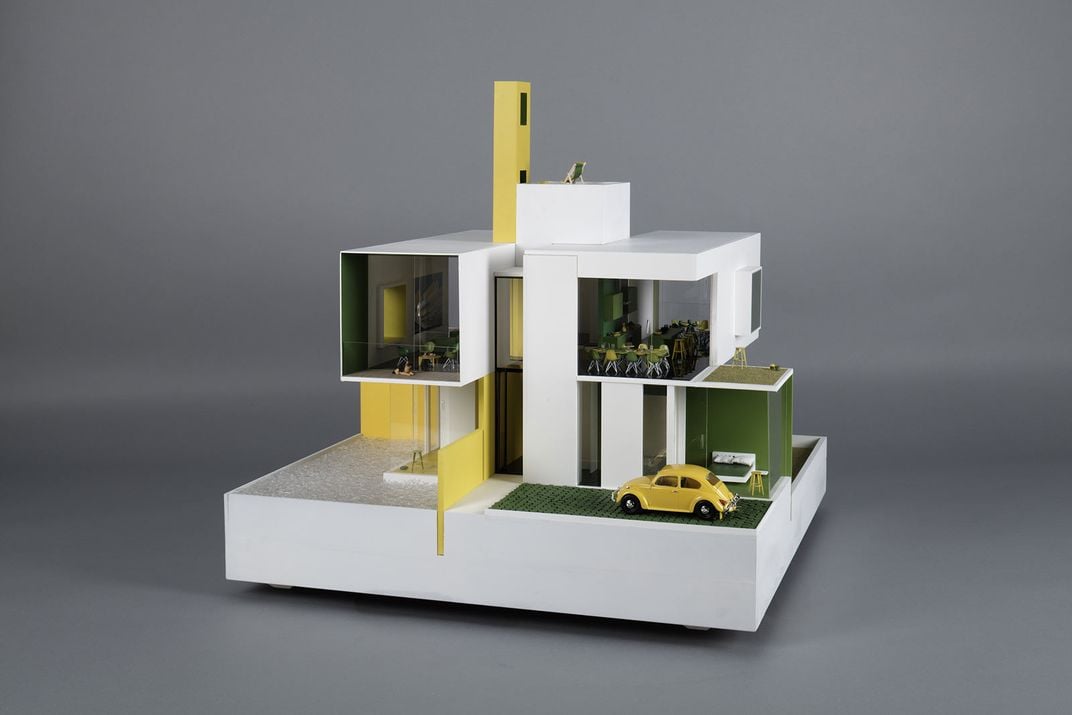
Each house was designed to make life easier for a child with a disability, though some are more practical than others. For example, the above house, designed by Allford Hall Monaghan Morris, was designed for children with visual impairment, using bright colors and textured surfaces to create easy-to-distinguish, tactile space.
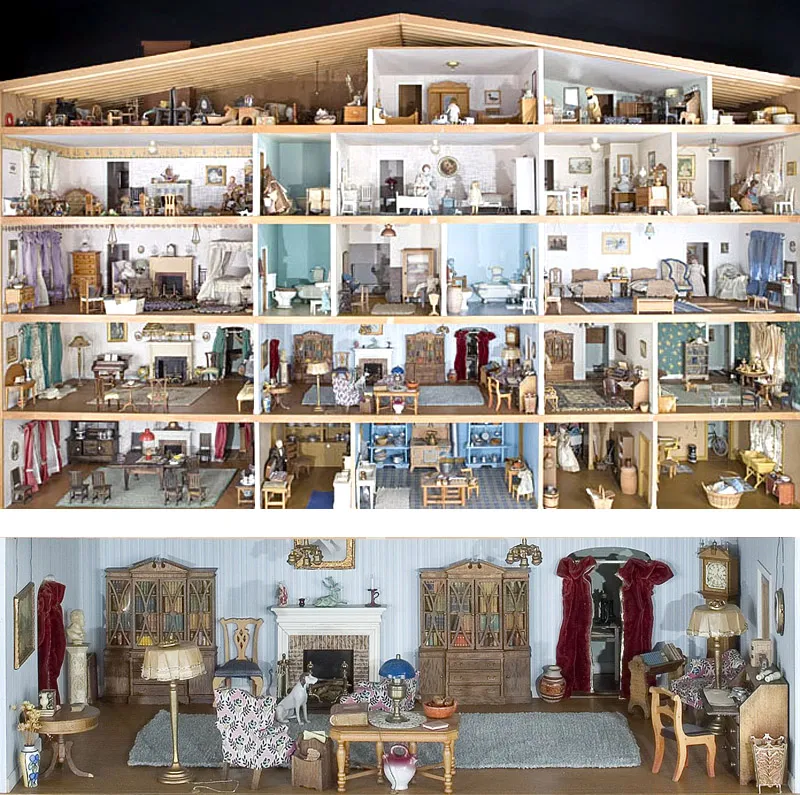
The Smithsonian has its own massive dollhouse and, though it is nowhere near as fine an undertaking as the Queen Mary, it is one of the most popular attractions in the National Museum of American History. It was donated in 1951 by Faith Bradford, who built the one-inch to one-foot structure to display the miniatures she had collected and crafted her entire life. Its design is based on set of display shelves she had as a child that she imagined to be the dolls' home - in fact, the Smithsonian's "dollhouse" is more of a "doll shelf," a very, very detailed, well-decorated doll shelf. Bradford was a librarian, not an architect, and she brought her particular set of skills to her creation, keeping a meticulous scrapbook cataloguing every item in the dollhouse, along with stories about the lives of its fictional residents.
What the "America's Dollhouse" lacks in realism and architectural detail, it makes up for in archival detail and fictional narrative. A dollhouse may not seem like an important undertaking to anyone but a father to a young daughter, but projects like the Queen Mary Dollhouse and Faith Bradford's Dollhouse aren't just for playing - they're snapshots in time, a (relatively) convenient way to preserve both a culture and a building, to education and entertain museum visitors - and that is a very big deal.
/https://tf-cmsv2-smithsonianmag-media.s3.amazonaws.com/accounts/headshot/Jimmy-Stamp-240.jpg)
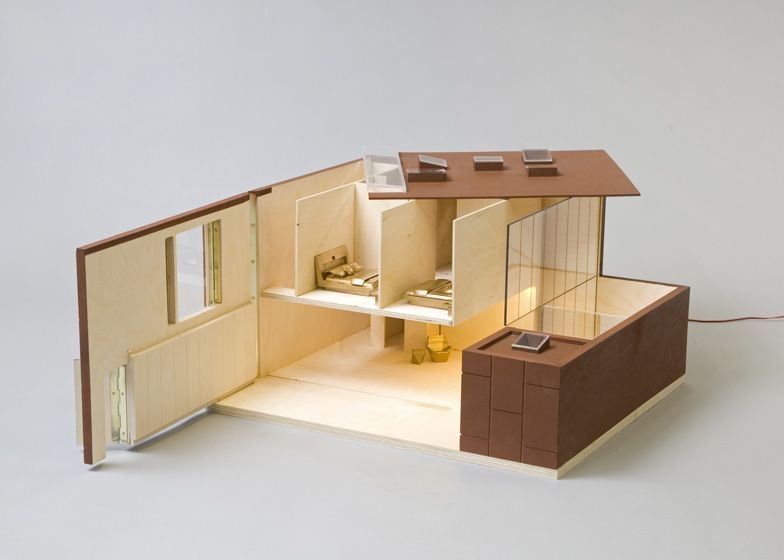
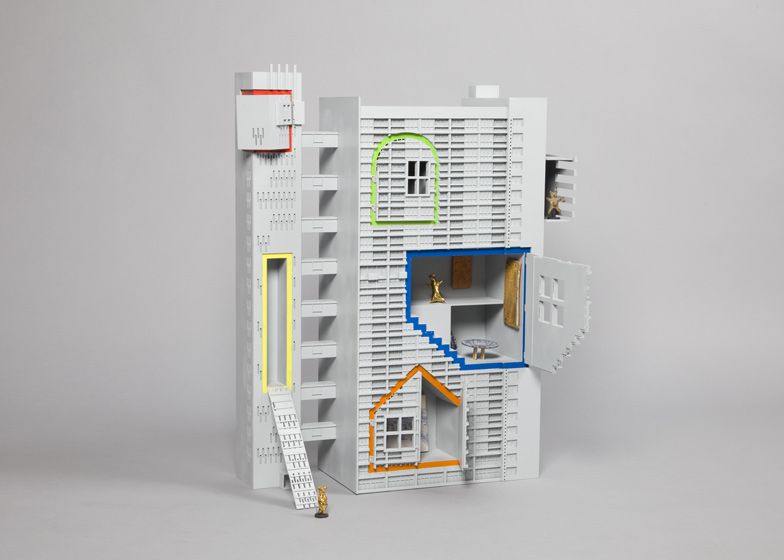
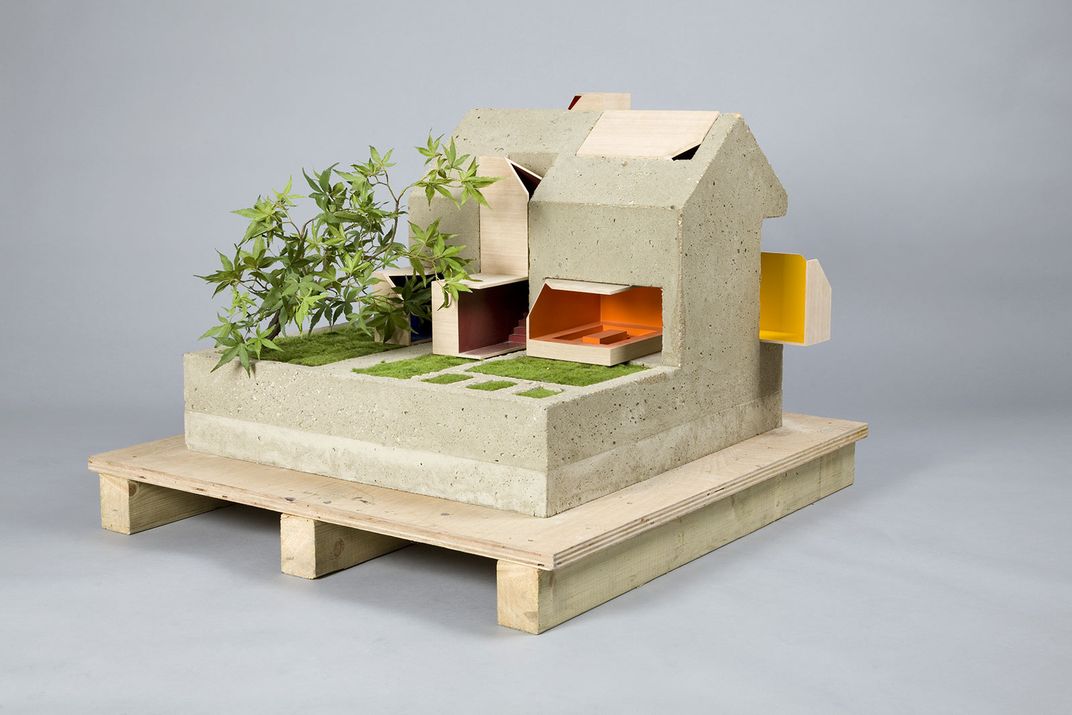
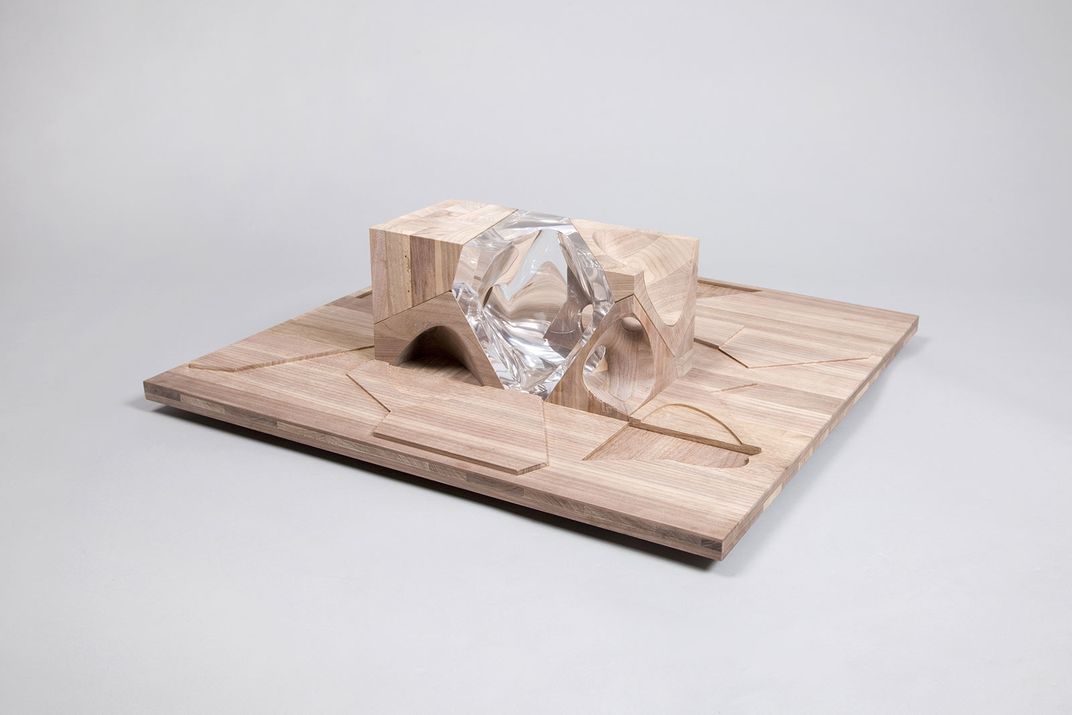
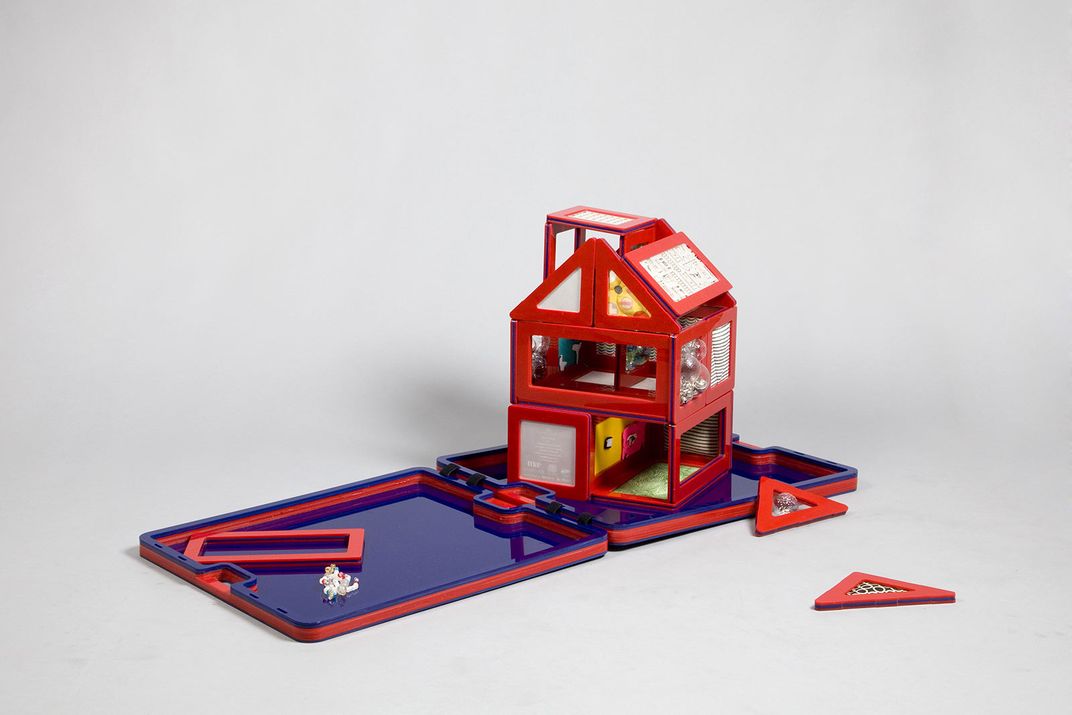
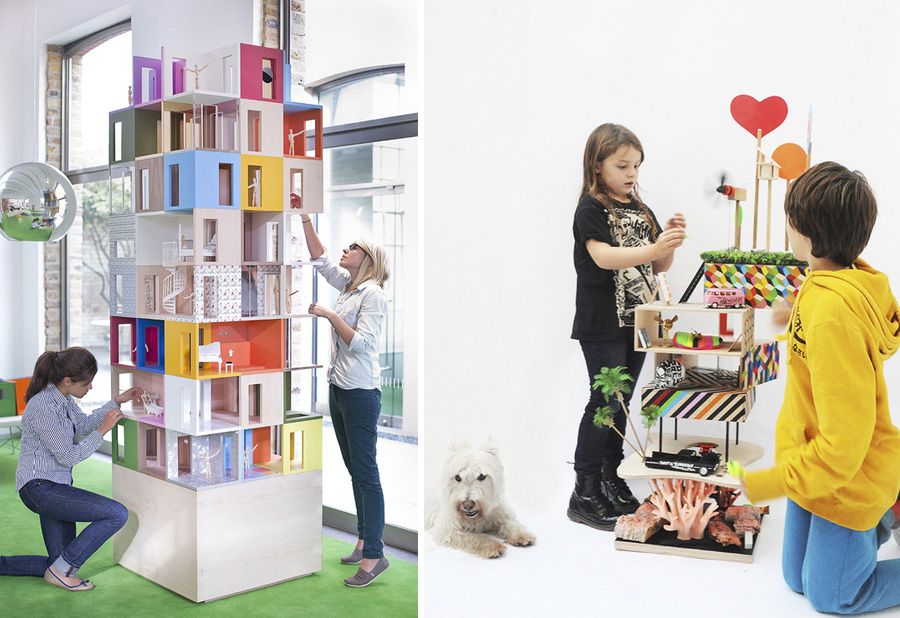
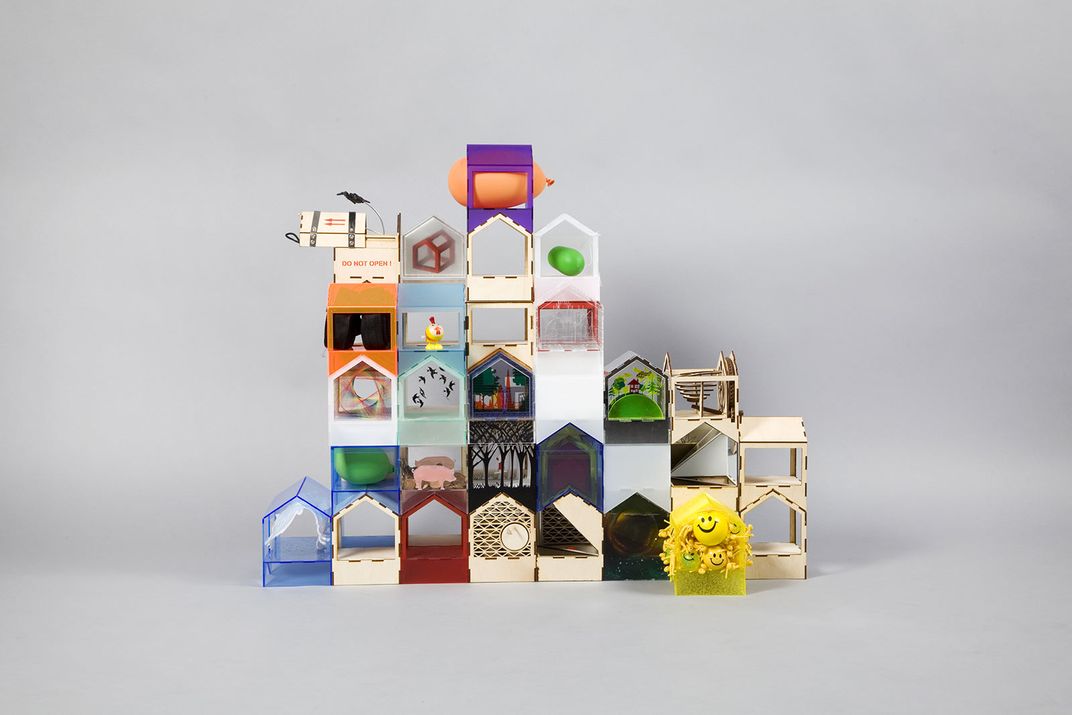
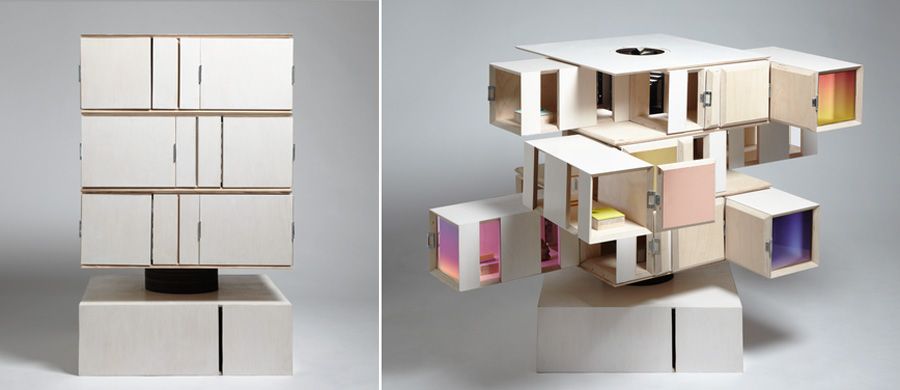
/https://tf-cmsv2-smithsonianmag-media.s3.amazonaws.com/accounts/headshot/Jimmy-Stamp-240.jpg)